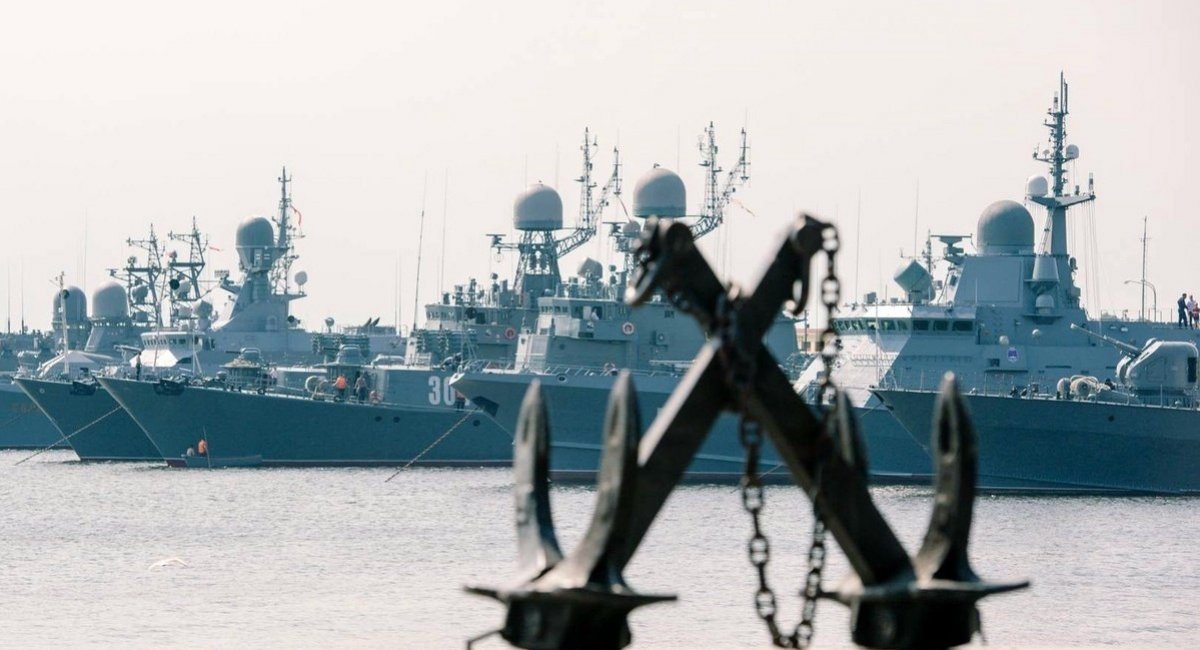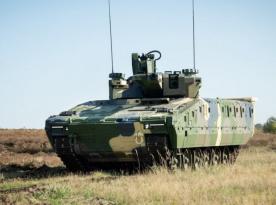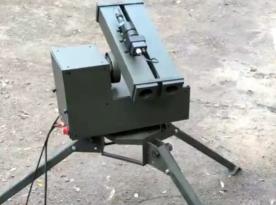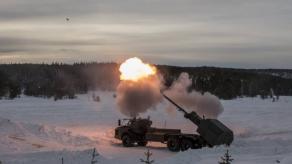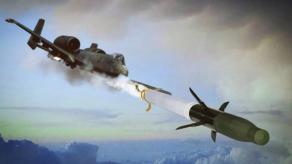After the strange maneuvers of the remnants of the russian Black Sea Fleet on June 6 near Novorossiysk, when eight ships lined up and departed towards Crimea, we finally have a hint about where they went.
The possible explanation can be found in the fresh satellite imagery: although it's impossible to identify the ships in the image below considering its resolution, unofficial information claims these are three corvettes (small missile ships in Soviet classification) of the Buyan-M class accompanied by five VDK-class large landing ships.
Read more: Military Expert Analyzes Ukraine's Strikes of ATACMS Missiles on Ferries in Kerch Strait

Now let's take a look at official reports. On June 7, the Ukrainian Navy officially announced that there were 13 enemy ships in the Sea of Azov, three of which are carriers of Kalibr cruise missiles — even though the day before, there were none in these waters. As of today, June 9, there are 7 ships remaining in the Sea of Azov, three of them are carriers of cruise missiles. There's also information about the arrival of one VDK landing ship of Project 775 to Sevastopol in occupied Crimea.

Based on this data, Defense Express assumes that the russian forces decided to hide their ships in the Sea of Azov. The reasons for such a move are quite clear. The occupied Sevastopol has already become a graveyard for russian ships, now constantly targeted by ATACMS ballistic missiles, one notable example being the Tsiklon missile corvette destroyed right at the pier.
Meanwhile, the bay in Novorossiysk, a rear naval base where russians had transferred some of their ships back in October 2023, is a dangerous place, too. That's because it has a wide opening which makes it unrealistic to block with many rows of barricades, as they did in Sevastopol. That's not to mention Ukrainian attack naval drone operators have already figured out how to create passages in the boom barriers blocking the way in.

However, Ukrainian sea drones cannot yet cross the Kerch Strait, a natural entrance to the Azov Sea. Moreover, some limitations regarding the use of Western weapons for strikes on russia are still in force, so if they take the ships to the ports on its own territory, the vessels will become invulnerable in current conditions. The potential hideouts are the ports in Yeysk, Taganrog, and possibly Rostov-on-Don.
Moreover, the corvettes of the Buyan-M class can be redeployed even further into the rear to the Caspian or even the Baltic thanks to the network of inland waterways.
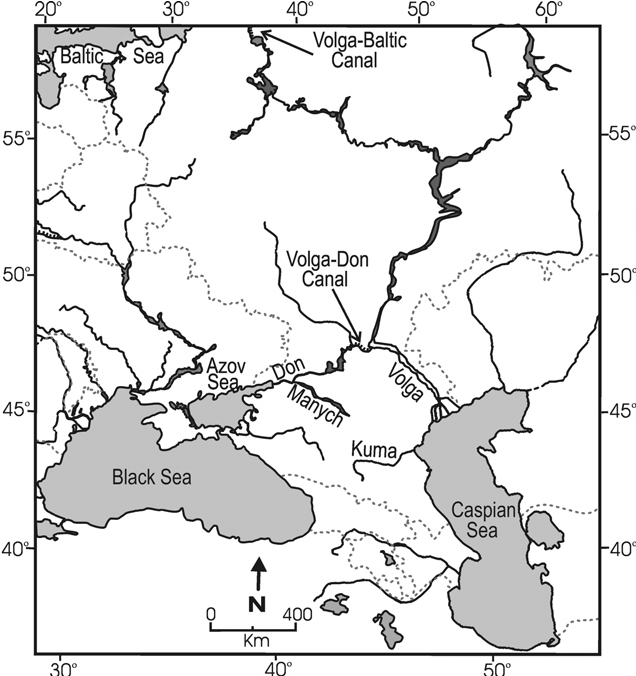
But what's most interesting is how russian authorities comment on all these events at the official level. In particular, to a direct question about the escape of russian ships from Sevastopol (and, in fact, from Novorossiysk, too), the russian-appointed governor of the city Razvozhaev said, "the ships did not leave, but changed their tactics." Then added that generally, the fleet is, as they say, is not all about ships: there are also aviation and other units.
Speaking of which, we cannot forget to mention Ukraine's systematic successful attacks on russian air bases and deployment sites across Crimea either.
Read more: New Evidence of Preparations for Defense of Crimea Appeared




